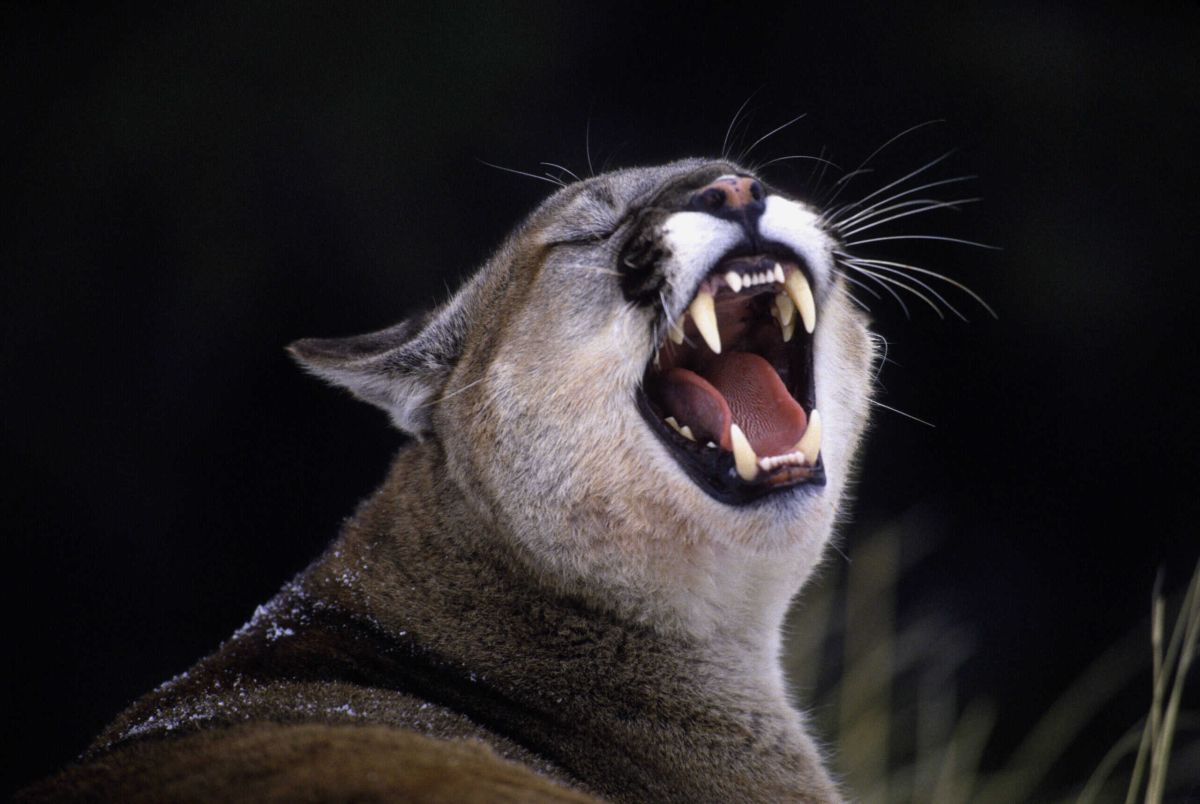The Dagger in the Dark: The Power of Big Cat Teeth

For millennia, big cats have reigned as apex predators, their power and grace inspiring both awe and fear. While their muscular bodies, sharp claws, and incredible agility contribute to their success, the true keys to their dominance are arguably hidden behind a menacing grin: their teeth. These aren’t just any teeth; they are meticulously designed tools, honed by evolution to efficiently capture, kill, and consume prey.
From the mighty roar of a lion to the elusive shadow of a snow leopard, the dental architecture of big cats plays a crucial role in their survival. Let’s delve into the fascinating world of these dental dynamos and understand how their teeth make them the ultimate hunters.
A Dental Arsenal: The Components of a Big Cat’s Bite
Big cats, belonging to the family Felidae, share a common dental blueprint, albeit with variations tailored to their specific prey and hunting styles. This blueprint consists of:
- Incisors: These small, chisel-shaped teeth are located at the front of the mouth and are primarily used for grooming and nibbling meat off bones. While not directly involved in bringing down prey, they play an important role in processing a carcass.
- Canines: The stars of the show, the canines are long, curved, and incredibly sharp teeth located on either side of the incisors. These formidable weapons are designed for piercing and holding prey, delivering a fatal bite, and inflicting severe damage. The size and curvature of canines vary among species depending on their preferred prey.
- Premolars and Molars: Located towards the back of the mouth, these teeth are responsible for shearing, grinding, and crushing meat. In big cats, the molars are reduced in number compared to other mammals, reflecting their primarily carnivorous diet. One specialized premolar, known as the carnassial tooth, is particularly important. This large, blade-like tooth works in conjunction with the lower molar to slice through flesh and tendons with remarkable efficiency, allowing them to strip meat from bones with ease.
Form Follows Function: Adaptations for Hunting Success
The beauty of big cat teeth lies not just in their individual structure but in their collective function. Here are some key adaptations that make them so effective:
- Shear Strength: The carnassial teeth provide exceptional shear strength, allowing big cats to quickly and efficiently disable and consume their prey.
- Root Strength: The deep roots of the canines anchor them firmly in the jaw, providing the necessary leverage to deliver powerful and accurate bites. This is crucial for holding struggling prey and preventing escape.
- Jaw Strength: The powerful jaw muscles, coupled with a strong skull, contribute to the impressive bite force of big cats. This allows them to crush bones and deliver fatal blows to vital organs.
- Gape: The ability to open their jaws wide allows big cats to grasp large prey effectively. The flexibility of their jaw joint facilitates this wide gape.
Variations on a Theme: Dental Diversification Among Species
While the fundamental dental structure remains consistent, subtle variations reflect the specific ecological niches occupied by different big cat species. For example:
- Lions: Possessing powerful jaws and relatively robust canines, lions are well-equipped to take down large prey like zebras and wildebeest.
- Tigers: With even larger canines than lions, tigers are capable of tackling formidable prey like gaur and wild boar. Their teeth are designed for delivering a deep, suffocating bite.
- Leopards: More opportunistic hunters, leopards have slightly smaller canines but possess strong jaw muscles for gripping and killing a variety of prey, from small mammals to birds.
- Snow Leopards: Living in harsh, mountainous environments, snow leopards have shorter, broader teeth compared to other big cats. This adaptation allows them to crush bones and consume every last bit of sustenance in their resource-scarce habitat.
The Legacy of the Bite: Conservation Implications
Understanding the dental adaptations of big cats is not just a matter of scientific curiosity; it has important conservation implications. Damaged or missing teeth can severely impact a big cat’s ability to hunt and survive. Tooth loss due to injury, disease, or old age can lead to starvation and decline.
Protecting their habitats and ensuring a healthy prey base are crucial for maintaining the long-term survival of these magnificent predators. By appreciating the intricate design and vital role of big cat teeth, we can better understand their needs and work towards ensuring their continued presence on our planet.
The next time you see a big cat, take a moment to consider the powerful tools hidden behind that captivating gaze. Their teeth are a testament to the power of evolution, a reminder of their place at the apex of the food chain, and a symbol of the wild majesty they represent.



